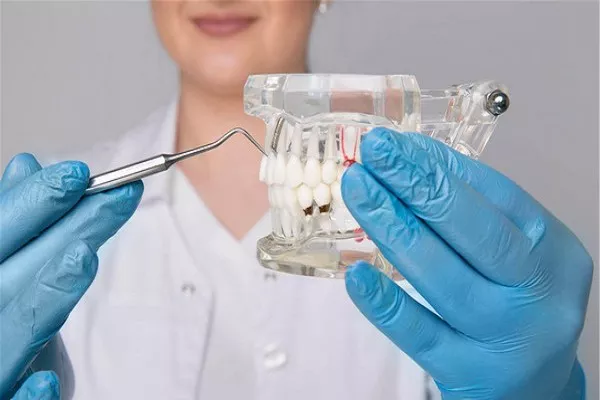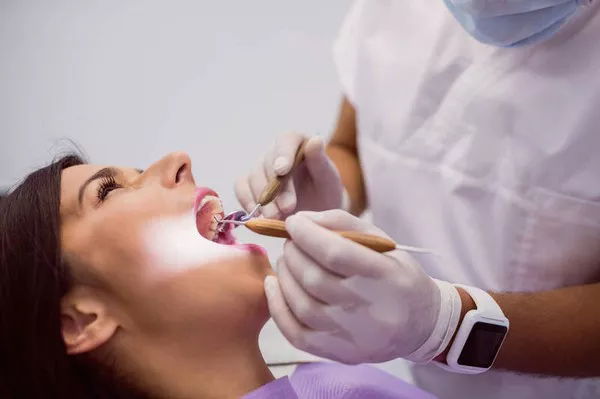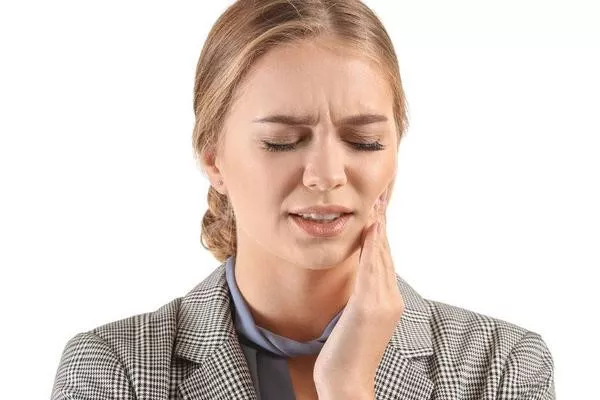Permanent retainers, also known as fixed retainers, are orthodontic devices that are attached to the back surfaces of teeth to maintain their alignment after braces or other orthodontic treatments. These retainers are often favored for their effectiveness and convenience. However, concerns arise when it comes to the potential movement of teeth after the removal of a permanent retainer. In this article, we will explore whether teeth can move after removing a permanent retainer, the factors that influence post-retainer changes, and how to manage any shifts that may occur.
The Role of Permanent Retainers
Permanent retainers are designed to prevent teeth from shifting back to their original positions after orthodontic treatment. They consist of a thin wire that is bonded to the back surfaces of the teeth, providing constant and discreet retention. While permanent retainers are effective in maintaining alignment, there are instances where they may need to be removed.
Potential for Teeth Movement After Removal
It’s natural to wonder whether teeth can move after removing a permanent retainer. The answer is yes, teeth have the potential to shift over time, even after the removal of a permanent retainer. The extent and rate of movement depend on various factors, including:
Individual Variation:Each person’s teeth have their unique tendency to shift. Some individuals experience minimal movement, while others may notice more pronounced changes.
Age:Younger individuals may experience more significant tooth movement compared to adults, as bones are still growing and changing.
Retention Duration:The length of time a permanent retainer was worn plays a role. The longer a retainer was in place, the more stable the teeth are likely to be.
Post-Retainer Care:Following orthodontic treatment, consistent oral hygiene practices and maintenance contribute to retaining alignment.
Natural Aging:As we age, changes in facial structure and dental alignment can occur naturally.
Managing Post-Retainer Changes
If you’ve removed a permanent retainer and notice some tooth movement, there are strategies to manage the shifts and prevent further progression:
Monitor Changes:
Pay attention to any noticeable changes in tooth alignment. Regularly examine your teeth in a mirror to track movement.
Consult Your Orthodontist
If you’re concerned about teeth movement, consult your orthodontist. They can assess your situation and recommend the best course of action.
Removable Retainers:
Your orthodontist may provide you with removable retainers to wear at night to help prevent further movement.
Orthodontic Treatment:
In some cases, minor tooth movement can be corrected through additional orthodontic treatment.
Follow Professional Advice:
Follow any recommendations provided by your orthodontist to manage post-retainer changes effectively.
Preventing Post-Retainer Movement
To minimize the risk of significant teeth movement after removing a permanent retainer, consider these steps:
Wear Removable Retainers: If provided by your orthodontist, wear removable retainers as instructed to maintain alignment.
Regular Dental Visits: Schedule regular dental check-ups to monitor your oral health and dental alignment.
Maintain Oral Hygiene: Brush, floss, and maintain good oral hygiene to prevent oral health issues that can contribute to movement.
Maintain Retention Habits: Continue to practice good retention habits, even after retainer removal.
Conclusion
Teeth can experience some degree of movement after removing a permanent retainer. Factors such as individual variation, age, retainer wear duration, and post-retainer care play a role in post-retainer changes. To manage potential tooth movement, monitor changes, consult your orthodontist, consider wearing removable retainers, and follow any professional advice. By staying vigilant and maintaining good oral hygiene habits, you can help prevent significant post-retainer shifts and enjoy the benefits of a beautifully aligned smile achieved through orthodontic treatment.
Related Topics:































